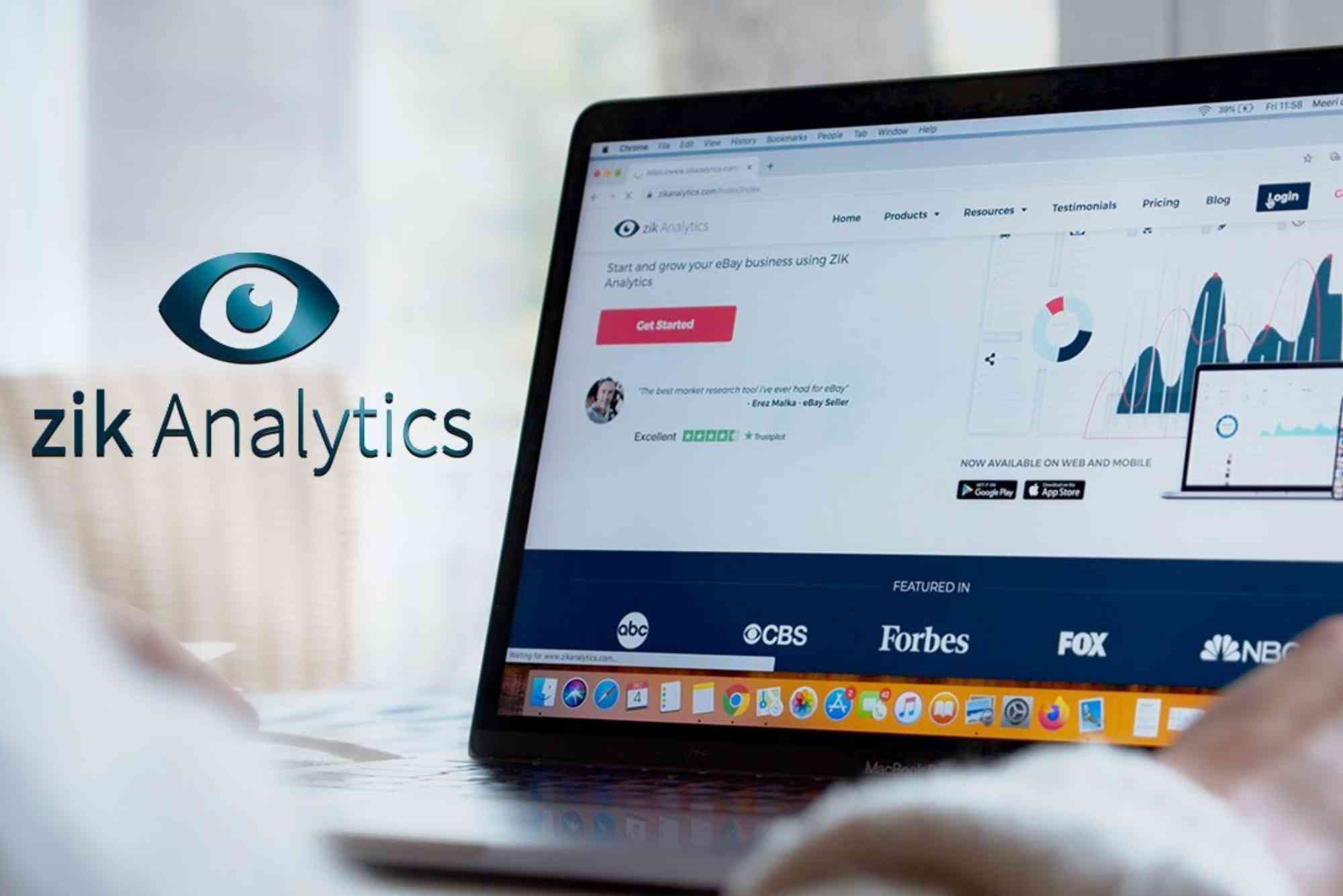AI Email Writer: Best Practices Explained
In the modern digital landscape, leveraging an AI email writer can dramatically enhance your communication efficiency. Businesses and marketers increasingly rely on AI-driven tools to draft compelling emails that resonate with their audience. An AI email writer not only saves time but also optimizes messaging for engagement, personalization, and conversion. This guide explores the best practices to harness the power of AI email writing tools effectively.
Understanding AI Email Writers
AI email writers are software tools powered by machine learning and natural language processing. They analyze vast amounts of email data to generate content that aligns with your communication goals. From marketing campaigns to professional correspondence, these tools provide tailored recommendations, tone adjustments, and even subject line suggestions.
How AI Email Writers Work
AI email writers operate on algorithms trained on large datasets. They understand language patterns, user intent, and engagement metrics to craft emails. The software can recommend changes to make content clearer, more persuasive, or aligned with brand voice.
Benefits of Using an AI Email Writer
Using an AI email writer offers numerous advantages:
-
Efficiency: Generate emails in seconds instead of hours.
-
Consistency: Maintain a uniform tone across campaigns.
-
Personalization: Customize messages based on recipient behavior.
-
Data-driven Insights: AI predicts subject lines and content likely to perform best.
Best Practices for Using an AI Email Writer
To get the most out of an AI email writer, it is essential to follow best practices that combine technology with human insight.
Define Your Objective Clearly
Before using AI tools, identify the purpose of your email. Whether it’s a sales pitch, newsletter, or follow-up, a clear objective ensures AI-generated content aligns with your goals.
Use AI as a Drafting Tool
AI excels at generating first drafts and creative ideas. Always review and refine the content before sending. Human oversight ensures context, tone, and accuracy are maintained.
Personalize Your Emails
Even with AI assistance, personalization remains crucial. Use AI insights to address recipients by name, reference previous interactions, or tailor messages based on preferences.
Optimize Subject Lines and Preheaders
AI tools can suggest engaging subject lines and preheaders. Test variations to see which drive higher open rates. Remember, subject lines should be concise, relevant, and compelling.
Maintain a Natural Tone
Avoid letting AI create robotic-sounding content. Use AI suggestions to enhance your writing, but ensure the final email feels authentic and conversational.
Segment Your Audience
AI email writers can help you craft messages for different audience segments. By tailoring content to specific groups, you improve engagement and conversion rates.
Track Performance Metrics
Monitor metrics like open rates, click-through rates, and conversions. AI can adapt based on these insights, improving future email campaigns.
Tips for Advanced AI Email Writing
For users aiming to maximize results, advanced strategies can enhance AI-generated content.
Experiment with Tone and Style
Most AI email writers allow adjustments for tone—professional, casual, persuasive, or friendly. Choose the style that aligns with your brand identity.
Combine AI with Data Analytics
Integrating AI with analytics tools can provide deeper insights. Predictive analytics helps determine optimal send times, content types, and recipient preferences.
Automate Repetitive Tasks
Use AI to handle routine email tasks, like follow-ups or reminders. Search Engine Journal Automation frees up time for creative strategy and personal engagement.
Ensure Compliance
Always comply with email regulations such as CAN-SPAM and GDPR. AI tools can assist in ensuring disclaimers, opt-outs, and consent are included correctly.
Common Mistakes to Avoid
Even with AI email writers, mistakes can reduce effectiveness.
Overreliance on AI
Relying entirely on AI can lead to generic or inappropriate messaging. Always review drafts to maintain relevance and accuracy.
Ignoring Human Emotion
AI can suggest words and phrases, but it cannot fully replicate human empathy. Personal touches are crucial for building genuine connections.
Skipping Testing
Neglecting A/B testing can limit insights into what works best. Test different AI-generated versions to optimize engagement.
Using Excessive Jargon
Avoid overly technical or promotional language. AI may suggest complex terms, but simplicity often resonates more with readers.
FAQs About AI Email Writers
What is the best AI email writer?
The best AI email writer depends on your needs. Tools like Jasper, Copy.ai, and ChatGPT offer varied features for personalization, templates, and tone adjustment.
Can AI email writers replace humans?
AI can streamline drafting and personalization, but human oversight is critical for accuracy, empathy, and brand voice.
How do I make AI emails more personal?
Include recipient names, previous interactions, preferences, and context-specific details in your prompts.
Is AI email writing safe and secure?
Most reputable AI email tools follow privacy policies and encrypt data. Avoid sharing sensitive information directly in AI prompts.
How do I optimize AI emails for higher engagement?
Use concise subject lines, clear CTAs, bullet points, and personalized content. Test multiple versions to determine the best-performing emails.
An AI email writer is a powerful tool for professionals and marketers. When used correctly, it saves time, enhances personalization, and maintains consistent quality. Follow best practices such as clear prompts, human oversight, audience segmentation, and structured formatting to maximize results.
Harness AI email writing today to streamline communications and improve engagement. For expert guidance on digital tools and strategies, check out SEO Expert Help or follow industry insights from Search Engine Journal.







